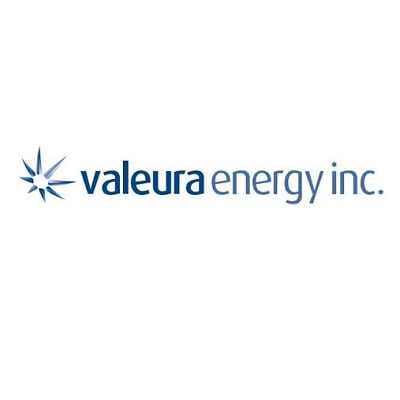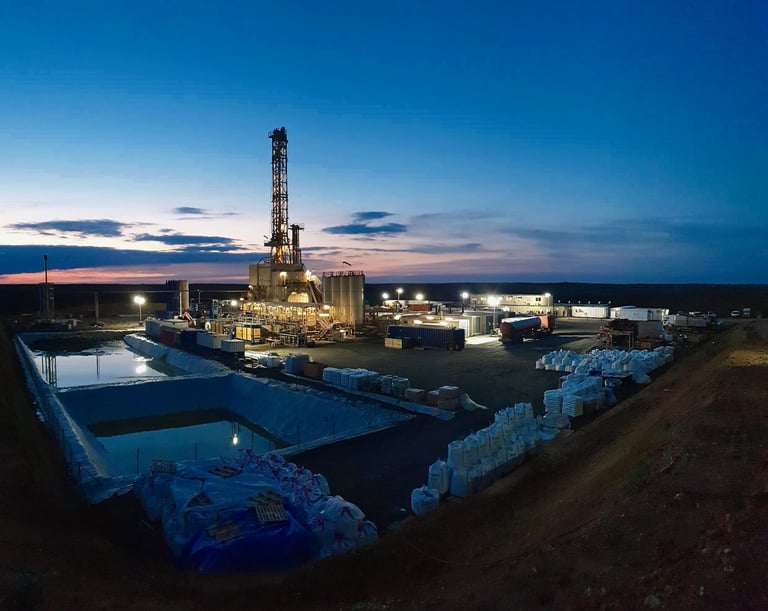Mid-summer heat and shifting export dynamics are quietly setting the stage for a notable realignment in the natural gas complex, suggesting that what appears a routine seasonal bounce may conceal a strategic opportunity.
Natural gas futures recently moved higher, with front-month prices climbing towards the $3.20 mark, as liquefied natural gas (LNG) facilities returned to service and resumed dispatches following seasonal maintenance. Export volumes, though still shy of their spring peak, are steadily recovering. At the same time, power-sector demand is rising as extreme heat blankets large portions of the United States, drawing a direct line between weather and gas consumption.
This convergence of export momentum and domestic cooling demand is lifting total gas usage. Forecasts indicate that consumption, including both domestic use and outbound LNG, will continue to rise in the coming weeks. For investors, the underlying signal is increasingly clear: heat and flow restoration are regaining control of the pricing narrative.
Supply trends, meanwhile, show restrained movement. Production from the Lower 48 states remains stable but has not reclaimed earlier highs, implying little slack in the system to counterbalance rising demand. At the same time, underground storage remains robust, with weekly injections exceeding expectations and keeping inventories above seasonal norms. However, in a market where immediate consumption is climbing and exports are pushing forward, these ample reserves may not prove a long-term ceiling.
Technical momentum also plays a role. Recent gains appear supported by short-covering and reduced open interest, with prices approaching resistance levels that could catalyse further upside. Should the $3.24 threshold be cleared, attention may shift quickly to higher targets near $3.30 and beyond.
Yet what’s more compelling is the structural backdrop. As LNG feed-gas volumes recover, and as more export capacity comes online in the coming years, a new equilibrium may be forming. Capacity expansion efforts continue across multiple facilities, signalling a long-term commitment to international demand. These projects not only lift baseline demand for U.S. natural gas but also support price resilience in the face of high domestic inventories.
From a strategic investor standpoint, this is not just a seasonal trade. It is a realignment of demand centres and usage profiles that offers both cyclicality and long-term positioning opportunities. With new offtake agreements and infrastructure development continuing apace, even modest short-term supply-demand shifts can trigger meaningful price reactions.
Crucially, the market now responds to different cues than in previous years. High storage levels, while still relevant, no longer carry the weight they once did in defining downside risk. As more gas finds its way onto the global market and as power generation remains heat-sensitive, the interplay between weather and exports will increasingly dictate market tone.
For those looking to time entry or build exposure, the near-term risks are clear. A sudden drop in temperatures or unexpected softness in exports could suppress prices. But the medium-term upside remains supported by enduring themes: constrained production, growing export reach, and a climate trend favouring higher summer power loads.
Natural gas now straddles rising summer demand at home and a steadily expanding export footprint abroad. With inventories well-stocked but price-sensitive to both weather and LNG flows, investors face a market where timing, patience, and positioning will be key to unlocking value.
Valeura Energy Inc (TSX:VLE) is an upstream oil & gas company, with a clear strategy to add value for shareholders. The Company has a strong balance sheet positioning it for potential inorganic growth opportunities in the near/medium-term, and substantial longer-term upside potential through an operated deep, tight gas play.







































